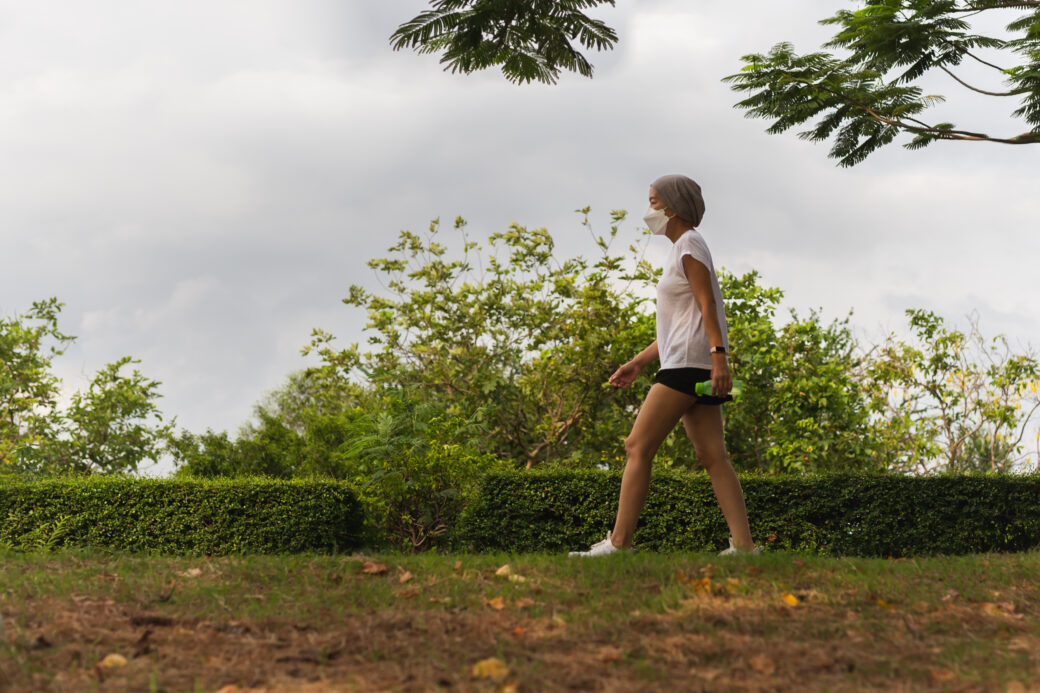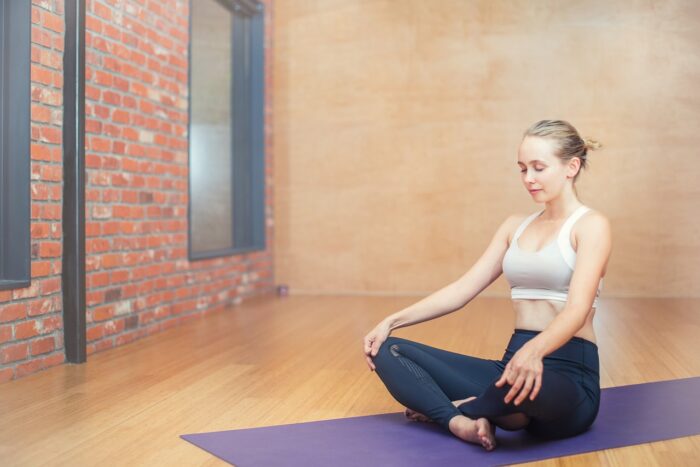
Yes, walking can help alleviate lumbar back pain in several ways. Regular walking promotes overall physical health and specifically benefits the lower back.
Here’s how walking can help with lumbar back pain…
Benefits of Walking for Lumbar Back Pain
- Improves Blood Circulation
- Walking increases blood flow, which helps deliver essential nutrients and oxygen to the lumbar spine, aiding in the healing process.
- Strengthens Muscles
- Walking engages and strengthens the muscles that support the spine, including the core, hips, and legs. Stronger muscles provide better support and stability to the lower back.
- Enhances Flexibility
- Regular walking helps maintain flexibility in the lower back and hips, reducing stiffness and improving the overall range of motion.
- Reduces Stiffness
- Movement helps prevent stiffness by keeping the joints and muscles flexible. This can reduce the feeling of tightness in the lower back.
- Promotes Weight Management
- Walking is an effective way to manage weight, which reduces the strain on the lower back. Excess weight, especially around the abdomen, can exacerbate lumbar pain.
- Stimulates Endorphin Release
- Physical activity, including walking, stimulates the release of endorphins, which are natural pain relievers that can help reduce the perception of pain.
Tips for Walking to Relieve Lumbar Back Pain
- Start Slowly
- If you’re not used to regular exercise, start with short walks and gradually increase the duration and intensity as your body adjusts.
- Maintain Proper Posture
- Keep your head up, shoulders relaxed, and spine straight while walking. Engage your core muscles to support your back.
- Wear Supportive Footwear
- Choose shoes that provide good arch support and cushioning to reduce the impact on your lower back.
- Walk on Flat, Even Surfaces
- Walking on flat surfaces reduces the risk of tripping or straining your back. Avoid uneven or unstable terrains, especially if you’re experiencing significant pain.
- Incorporate Gentle Stretches
- Before and after walking, perform gentle stretches for the lower back and legs to warm up and cool down your muscles.
- Listen to Your Body
- Pay attention to how your body responds to walking. If you experience increased pain, reduce the intensity or duration and consult a healthcare professional.
Additional Recommendations
- Combine with Other Exercises: Walking can be complemented with other low-impact exercises like swimming, cycling, or yoga to enhance overall back health.
- Consistency is Key: Regular walking, even if it’s for shorter durations, is more beneficial than sporadic long walks.
- Stay Hydrated: Keep yourself hydrated to maintain optimal muscle function and prevent cramps.
When to Consult a Professional
- Persistent Pain: If your lumbar back pain persists or worsens despite regular walking and other self-care measures, consult a healthcare professional.
- Severe Symptoms: If you experience symptoms like numbness, tingling, weakness in the legs, or severe pain, seek medical advice promptly.
Conclusion
Walking is a low-impact, accessible exercise that can provide significant benefits for those experiencing lumbar back pain. By improving circulation, strengthening muscles, enhancing flexibility, and promoting weight management, walking can help alleviate pain and support overall spinal health. Incorporate walking into your daily routine, and complement it with proper posture, supportive footwear, and gentle stretches to maximize its benefits. If pain persists, consult a healthcare professional for a personalized treatment plan.
Related Posts
What Not To Do For Lower Back Pain?
On
July 7, 2024
What Puts Most Strain On Lumbar?
On
June 1, 2024
What Is The Best Painkiller For Lumbar Pain?
On
November 16, 2024
How Can I Adjust My Lumbar At Home?
On
July 1, 2024



